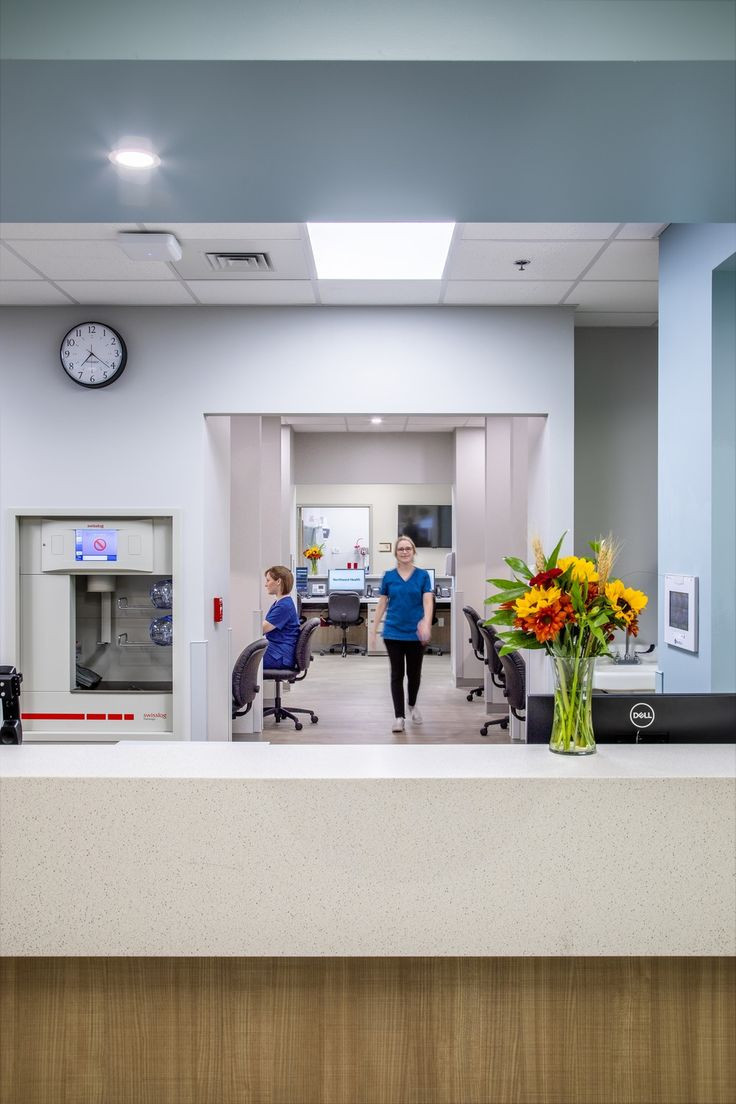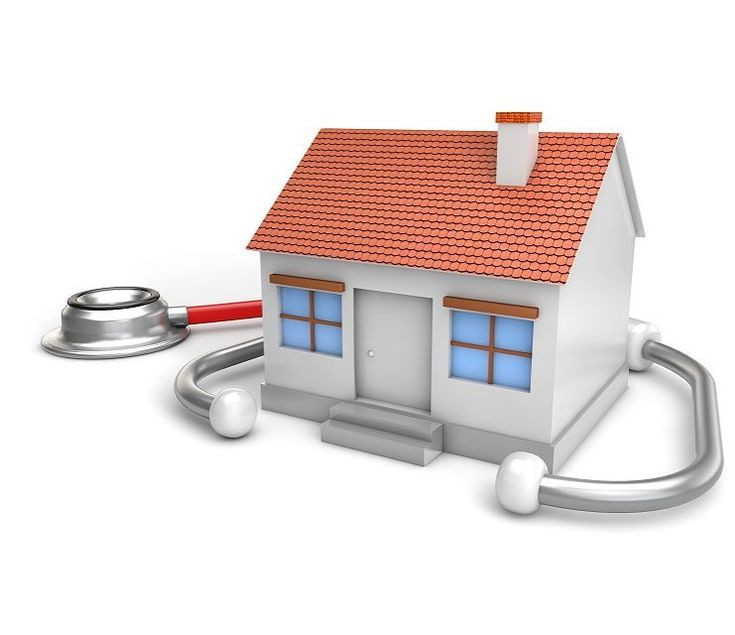views
From Insight to Action: The Power of Healthcare Real Estate By 9figuremedia

In an era where health systems are being redefined by technological innovation, shifting demographics, and post-pandemic recovery, one often-overlooked pillar holds surprising transformative power: healthcare real estate. Far more than just bricks and mortar, the spaces where healthcare happens can either constrain or catalyze the quality of care, patient experience, and operational efficiency. In today’s landscape, insight-driven strategies around real estate are no longer optional they're critical.
At 9figuremedia, we believe that the untapped potential of healthcare real estate lies not in square footage alone, but in the ability to translate data into purposeful design, investment, and accessibility. This is the story of how insights, when paired with decisive action can turn real estate from a sunk cost into a strategic asset for health equity, resilience, and growth.
The Changing Role of Space in Healthcare
Healthcare is no longer confined to hospitals and large centralized facilities. The future is decentralized, personalized, and data-informed. Urgent care centers, outpatient clinics, telehealth hubs, and wellness-focused community spaces are expanding the definition of healthcare delivery.
Why? Because the needs have changed. Patients expect care to meet them where they are both literally and figuratively. Gen Z doesn’t want to wait three weeks to see a doctor. An aging population needs accessible, walkable care options. And underserved communities want more than emergency rooms, they want proactive, preventive support.
This shift demands a real estate strategy that isn’t just reactive, but deeply intentional. It’s not about acquiring buildings, it’s about designing environments that heal, building footprints that serve populations, and creating networks that support distributed, equitable access to care.

Real Estate Data with a Human Lens
When most people think of healthcare real estate analytics, they imagine spreadsheets filled with lease terms, occupancy rates, and asset valuations. These metrics are important but they’re only part of the story.
The more powerful insights are those that blend human needs, public health data, and behavioral patterns with traditional real estate analytics. Consider:
-
Where do patients drop off during a care journey?
-
What ZIP codes have high chronic disease rates but low clinic density?
-
Which buildings are most conducive to flexible, modular care?
-
How do transportation patterns affect patient show-up rates?
The real estate decisions that matter most are those grounded in these deeper truths. For example, a primary care clinic built five minutes from a bus line in an underserved neighborhood can reduce ER visits dramatically something no spreadsheet will tell you at face value.
Designing for Flexibility, Equity, and Experience
Once insights are clear, the next challenge is implementation. The best healthcare organizations treat their real estate strategy like product design: they prototype, pilot, and pivot, using feedback loops from clinicians, patients, and operational staff.
Here are three guiding principles for turning healthcare real estate insight into action:
1. Flexibility Over Permanence
In a rapidly changing care environment, permanence can be a liability. Hospitals are increasingly investing in adaptive spaces modular units, convertible exam rooms, and telehealth-enabled environments that can change with demand.
Take the example of pop-up diagnostic centers in retail locations. A formerly vacant shopping plaza can become a weekend screening site for diabetes and hypertension, offering low-barrier access while testing demand before long-term investment.
2. Community-First Design
True healthcare real estate strategy centers on the people it serves. That means co-designing spaces with, not just for, communities. What do residents want from a healthcare center? What would make it a place where they feel safe, respected, and seen?
Organizations like Oak Street Health and El Centro de Corazón have pioneered clinics that don’t just deliver care, they double as gathering spaces, offering language classes, job training, and nutrition workshops. Real estate becomes a community health anchor, not just a clinical site.
3. Smart Tech Integration
Data-driven real estate means more than choosing the right zip code. It means embedding technology into the facility itself smart HVAC systems for infection control, wayfinding apps for patients, and real-time space utilization dashboards for staff.
When Cleveland Clinic redesigned part of its campus, it used patient journey mapping to reduce walking distance by 40% a change that reduced fatigue and improved satisfaction, especially among older patients. Smart design, guided by insight, yields measurable outcomes.

From ROI to ROV (Return on Value)
Traditional real estate investment in healthcare focuses on ROI: return on investment. How quickly can a property generate income? But today’s smartest investors and systems are asking a better question: what’s the Return on Value (ROV)?
ROV considers long-term outcomes such as:
-
Health equity improvements
-
Lower hospital readmission rates
-
Better staff recruitment and retention
-
Reduced environmental impact
-
Community resilience during emergencies
By evaluating properties not only for profitability but for impact, organizations create mission-aligned portfolios that serve both their bottom line and their broader purpose.
A New Kind of Developer
The rise of healthcare real estate as a strategic asset is creating a new archetype of developer part investor, part urban planner, part public health partner. These are firms that see opportunity not only in cap rates but in community well-being.
They work hand-in-hand with nonprofits, city councils, and health systems to rethink zoning, bring care to “health deserts,” and reinvigorate underused spaces like former schools, retail stores, and libraries. They’re not just building buildings, they’re building access.

Real Estate as a Healing Force
When done right, healthcare real estate is not just a backdrop to care, it’s a form of care itself. The walls we build, the locations we choose, the flow of a room all these things shape how people heal, how providers work, and how systems thrive.
But the magic lies not in the property, it lies in the translation of insight into action. In a landscape full of noise, the organizations that pause to ask the right questions, listen to their data, and build boldly will lead the next era of healthcare.
At 9figuremedia, we believe that every square foot has a story. The future of healthcare will be told not just in lab reports or clinical trials but in the spaces where lives are changed every day.






















Comments
0 comment